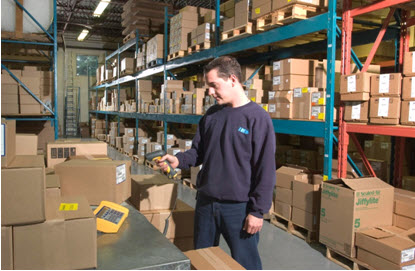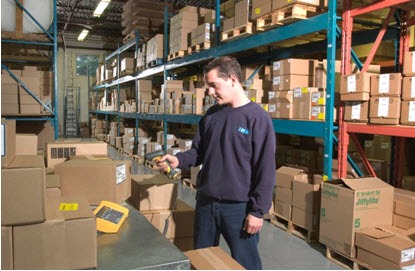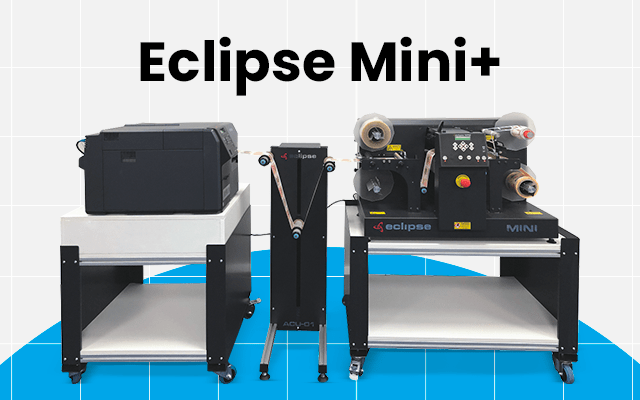The famed «Cyber Monday» took place last week. As many readers know, it’s a day of intense online shopping that has emerged in theUnited States. This year, the big online discounts offered on Cyber Monday also hit Canada with full force, resulting in 15.4% more spending (in dollars) compared to last year, according to Moneris Solutions, one of the most important debit and credit card transaction processors in North America.
But when we talk about increased spending, we’re also talking about increased sales, and that means more orders being processed and shipped. For shoppers, the process is simple: they go online, make their purchase, and then resume going about their daily business while they wait for their goods to arrive at their door. In reality, however, a great deal of work takes place behind the scenes starting the moment a shopper’s online order is accepted. Welcome to the hidden world of the supply chain!
No Cyber Monday without product identification
From the moment the order processing centre receives a list of your online purchases, it sets an entire machine in motion. Whether the physical actions are performed by a human or a robot, someone must first gather the items in your shopping cart, route them to the packaging area, and then route the package to shipping – all without ever losing track of who owns the goods inside that box or envelope. What’s so complicated about that, you wonder? Let’s back up a bit…

All of these operations could not happen without the establishment of a complex logistics network. It’s a network based on a single principle: properly identifying merchandise through the use of bar codes.
Take Amazon, for example. Amazon is a company which deals with millions of orders each year. In 2010, they operated 50 different warehouses covering a total floor area 2.4 million square meters! Amazon’s clients topped 137 million in 2011, of which 2/3 were repeat customers. Imagine flawlessly tracking one customer’s order through that large of a system without using barcodes…finding a needle in a haystack would seem easy by comparison!
The identification system used to manage the inventory and movement of goods, to optimize the use of available storage space, to easily identify the products presently in the distribution centre and then get them delivered to the customers who will, for their part, track the shipment of their order must operate in a optimal sequence for the process to work.
Thus, the real heroes of online shopping, especially on a day like Cyber Monday, are the people who specialize in identification and traceability – wouldn’t you agree?







